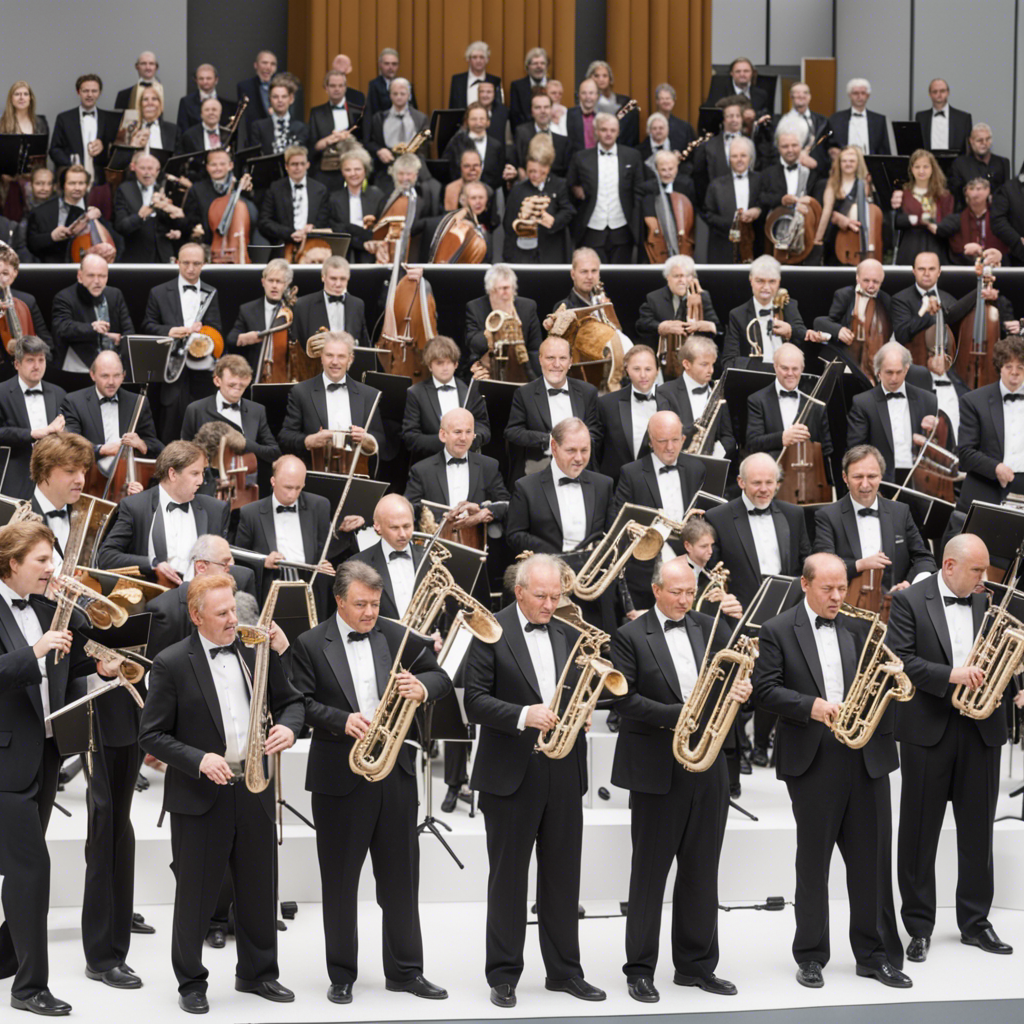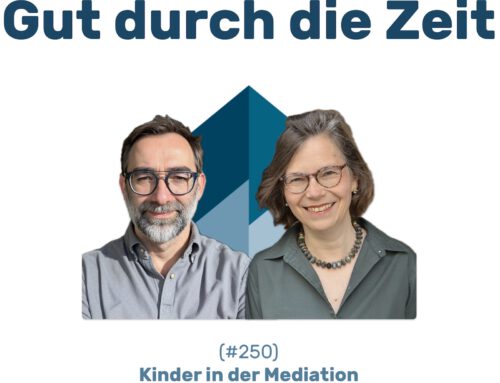INKOVEMA Podcast „Well through time“
#141 – The aesthetic conflict in music
The ear-to-ear conflict among orchestral musicians. In conversation with Barbara Venetikidou and Hans-Peter Achberger
Well through time. The podcast about mediation, conflict coaching and organisational consulting.
Barbara Venetikidou, Orchestra manager at the Saxon Wind Philharmonic Orchestra since 2018; previously a professional musician (clarinettist), e.g. solo clarinettist with the Brandenburg State Police Orchestra; then a master's degree in cultural and media management at the FU Berlin, basic training in mediation.
Hans-Peter Achberger, Studied music as a percussionist and conductor, studied philosophy, sinology and musicology, has worked as a percussionist and conductor at the Zurich Opera House since 1985, Master's degree in mediation and conflict management at the European University Viadrina in Frankfurt (Oder), special training as a family mediator, worked as an arbitrator for a cantonal arbitration authority, assessor in district labour courts
Contents:
The aesthetic conflict in the context of other types of conflict
- An aesthetic conflict among musicians refers to differences of opinion or discussions about artistic preferences and styles in music. For musicians, such a conflict is very similar to a conflict of values. This can occur when musicians have different views on which musical elements, genres or approaches are best suited to achieve certain musical goals. Such conflicts can relate to issues such as genre categorisation, styles, arrangements, lyrics and artistic expression. They are a natural part of the creative process and can help to promote diversity and innovation in the music world as long as they are dealt with constructively.
- A Conflict of values occurs when individuals or groups have different value systems, beliefs or moral principles that are in conflict with each other. These conflicts can occur in different areas of life, including politics, the world of work, the family and society in general. Value conflicts can relate to issues such as ethics, religion, politics, social justice and many other aspects.
- Conflicts of interestThese occur when different parties pursue different interests or goals that conflict with each other. For example, when two employees are competing for a promotion.
- Relationship conflictsThis type of conflict refers to problems in interpersonal relationships that can affect communication, trust and interaction. Conflicts between friends, colleagues or family members are examples of relationship conflicts.
- Conflicts of power or hierarchyThese occur when conflicts arise due to inequalities in power or hierarchy between the parties involved. This can occur in organisations, companies or institutions.
- Resource conflictsWhen there are disputes over limited resources such as money, time, space or material goods, these are resource conflicts. These often occur in economic and organisational contexts.
- Cultural conflictsDifferences in cultural backgrounds, values, norms and practices can lead to conflicts, especially in multicultural societies or in global organisations.
It is important to realise that these conflict types describe different approaches to observing and describing a conflict system. These titles and labels are primarily used to pick up on the main areas of conflict and thus reflect and paraphrase conflict communication rather than having any real analytical value.
Above all, it is important to avoid the fallacy of assuming that this typology is boundary and cognitive sharpness: These types of conflict cannot be sharply delineated from one another. Rather, they seem to be levels of how one speaks or could speak about this conflict. In short, these categories are also open to debate and require interpretation by the conflict parties as well as by third parties, observers and counsellors.
Left:
- Achberger, Hans-Peter: The ear-to-ear conflict. Disturbance patterns in musical interaction, Wolfgang Metzner Publishing House, 2020.






Leave A Comment